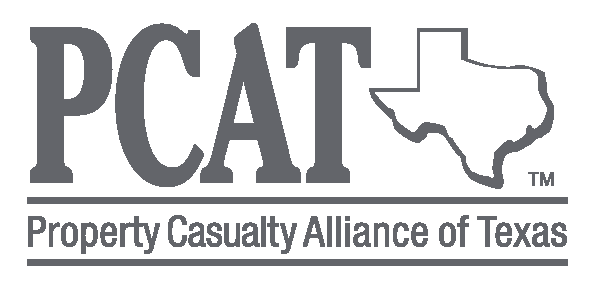Understanding Workers’ Compensation in Educational Institutions
Workers’ compensation is a vital component of employee benefits for educational institutions. It provides coverage for workplace injuries or illnesses, ensuring that employees receive the medical care and support they need while protecting schools from costly lawsuits. For administrators, understanding how workers’ compensation works and tailoring it to the unique environment of schools is essential for maintaining a safe and supportive workplace.
What is Workers’ Compensation?
Workers’ compensation is insurance that provides benefits to employees who are injured or become ill due to work-related incidents. For educational institutions, this includes a wide range of staff, such as teachers, custodial staff, bus drivers, and administrative personnel. Substitute teachers and staff that work with special need students may have an increased risk of injury. Benefits typically cover medical expenses, wage replacement, rehabilitation, and, in some cases, compensation for permanent disabilities.
Key Considerations
Unique Risks in Educational Settings
Schools present unique risks, from physical injuries like slips and falls to repetitive strain injuries for teachers or staff who engage in regular physical activity. Properly identifying and managing these risks is critical to minimizing claims.Accident Reporting Protocols
Having a clear, well-communicated process for reporting workplace injuries is essential. Prompt reporting ensures timely medical treatment and prevents potential complications with claims processing.Training and Prevention Programs
Workers’ compensation costs can be reduced through proactive safety measures. Regular training for staff on injury prevention and emergency procedures fosters a culture of safety, reducing the likelihood of accidents.Return-to-Work Programs
Implementing a structured return-to-work program benefits both employees and the institution. These programs provide injured workers with modified duties while they recover, helping them reintegrate into the workplace and reducing workers’ compensation expenses.Partnering with the Right Carrier
Educational institutions should work with carriers that understand the unique needs of schools. Tailored policies can address specific risks, ensuring the institution is adequately protected while maintaining affordable premiums.
Understanding and managing workers’ compensation in educational institutions is essential for fostering a safe work environment and protecting both staff and the organization. By implementing robust reporting protocols, training programs, and preventative measures, schools can reduce claims and costs while ensuring employees feel supported.
For more advice on workers’ compensation for your school, contact an INSURICA advisor today.
